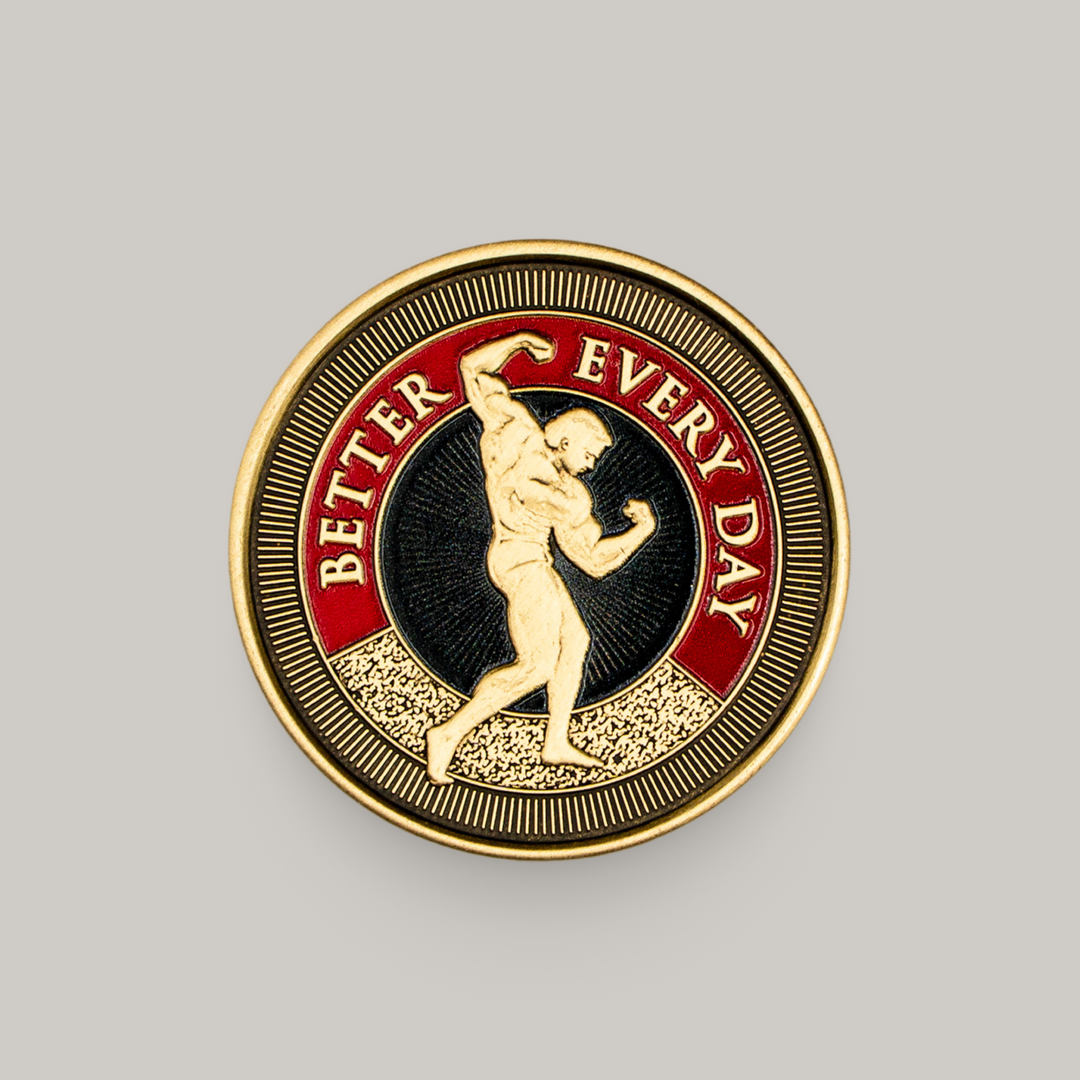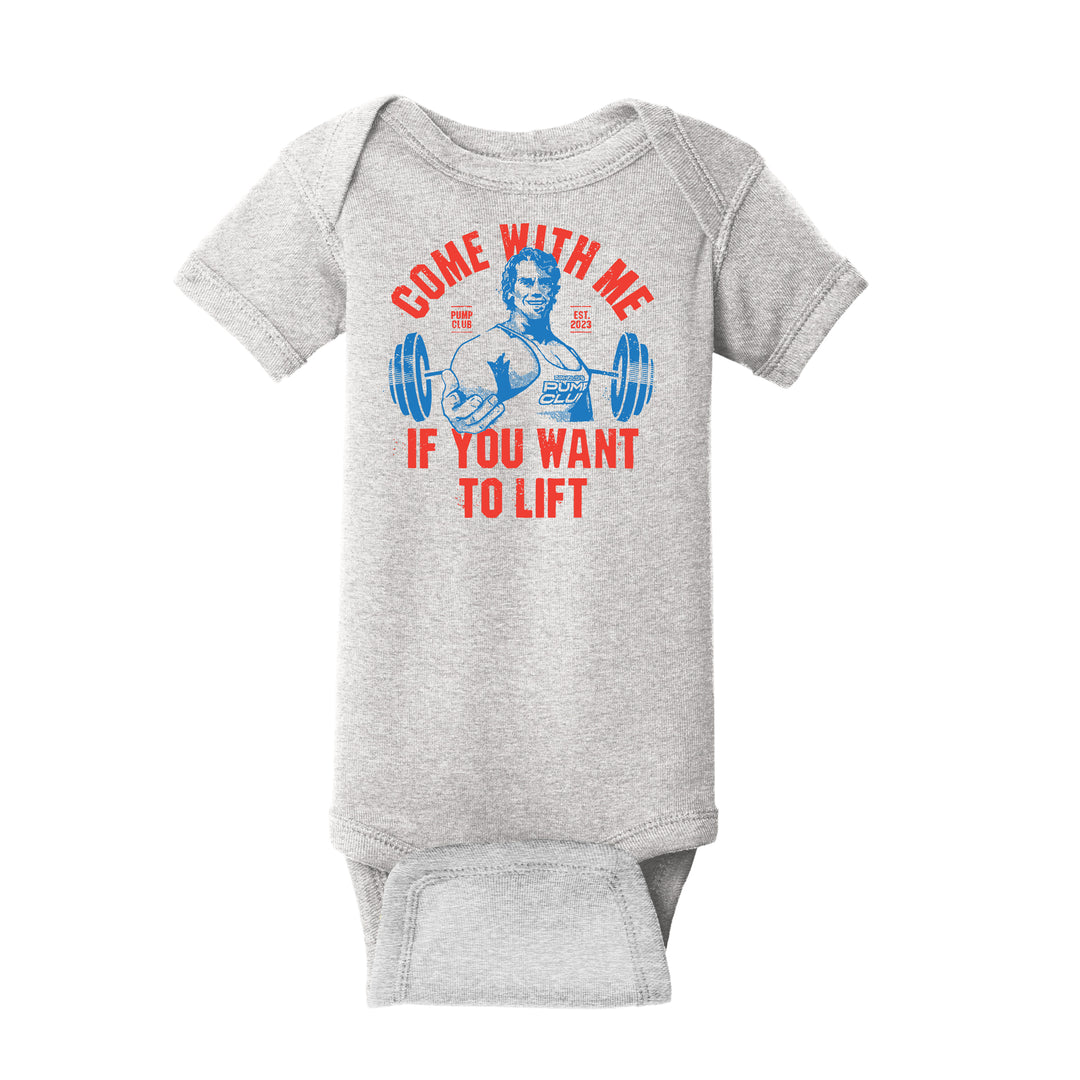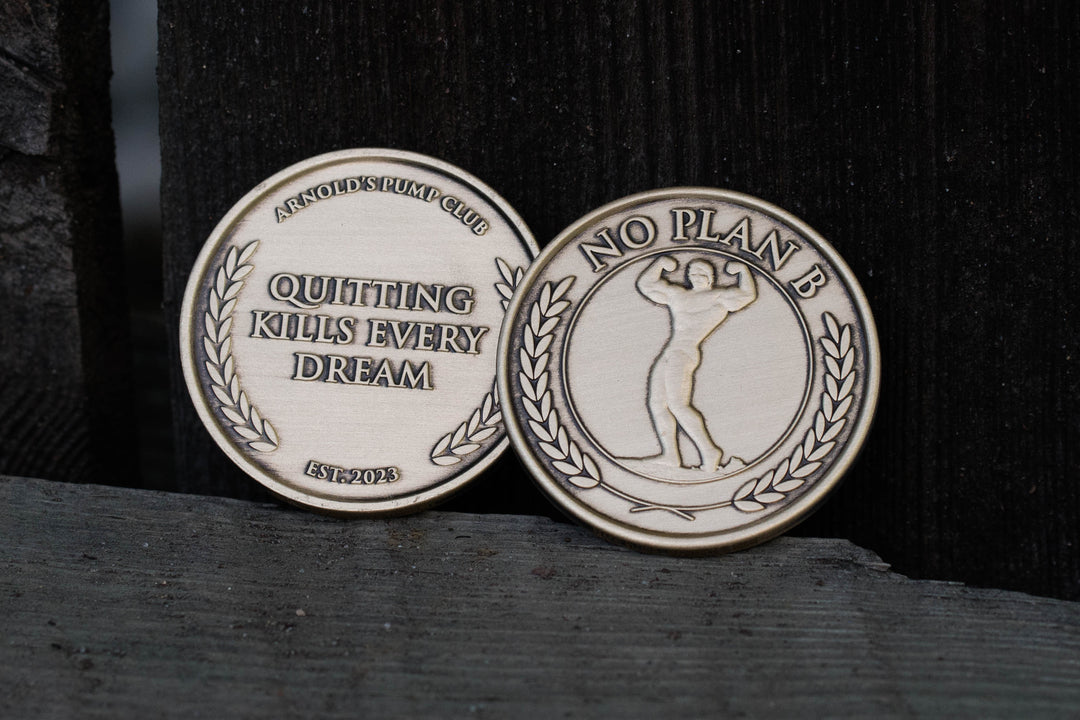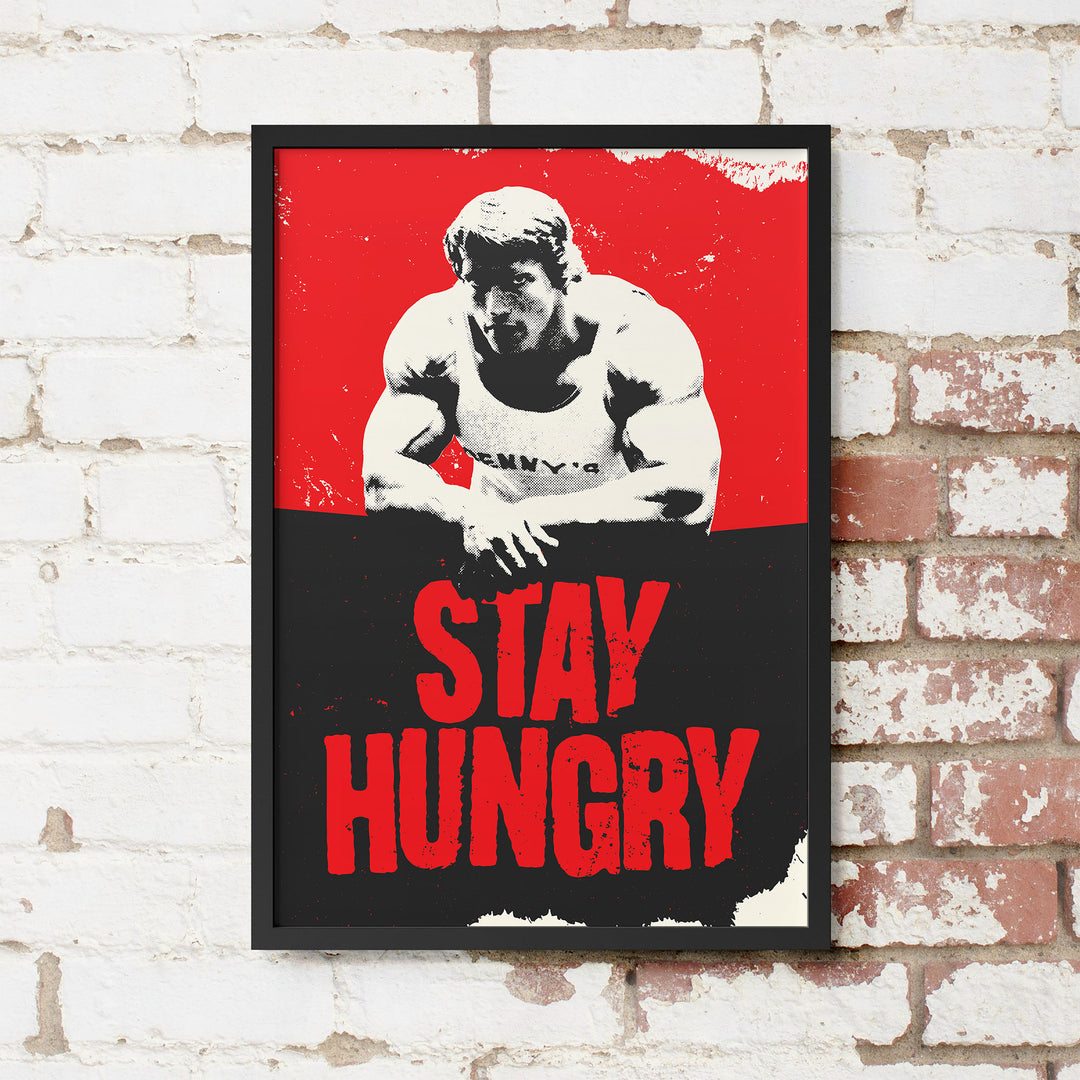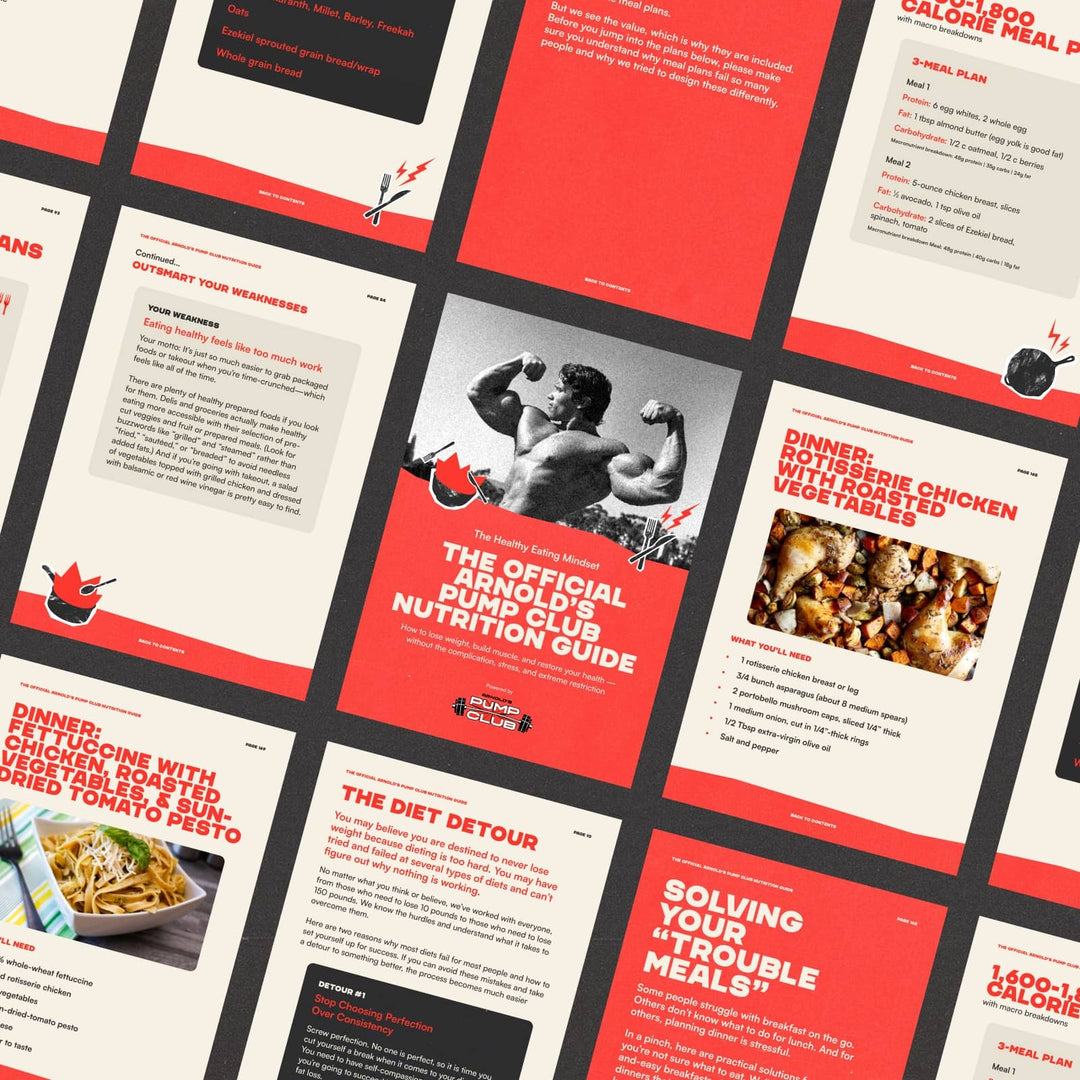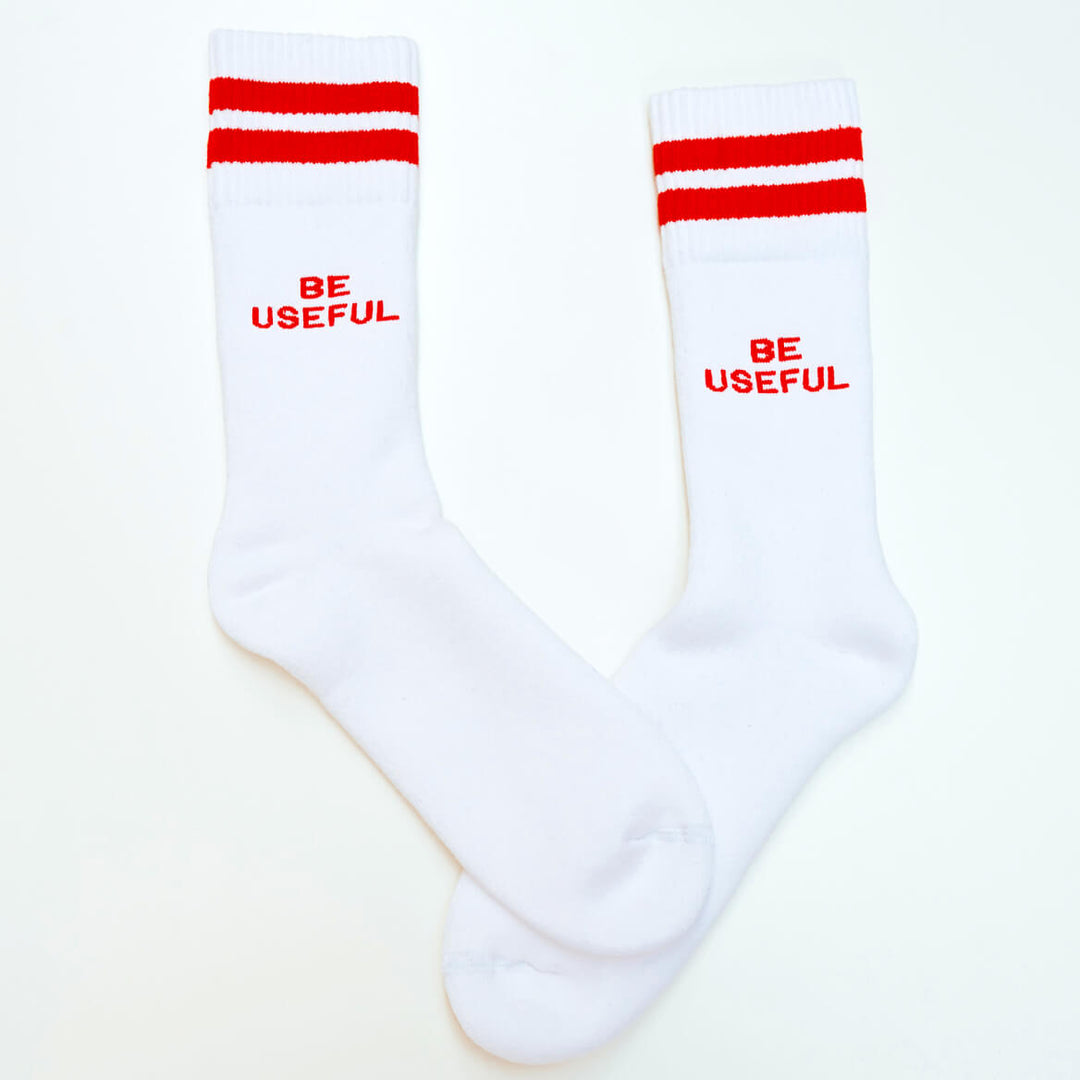Welcome to the positive corner of the internet. Every weekday, we make sense of the confusing world of wellness by analyzing the headlines, simplifying the latest research, and offering quick tips designed to make you healthier in less than 5 minutes. If you were forwarded this message, you can get the free daily email here.
Today’s Health Upgrade
Monday motivation
Is your playlist affecting your focus?
Think better, feel better
Workout of the week
Arnold’s Podcast
Want more stories from Arnold? Every day, Arnold’s Pump Club Podcast opens with a story, perspective, and wisdom from Arnold that you won’t find in the newsletter. And, you’ll hear a recap of the day’s items. You can subscribe on Apple, Spotify, Google, or wherever you listen to podcasts.
Arnold’s Corner
Monday Motivation
This week, we’ve been talking in the app about how people overestimate what they can accomplish in the short-term and underestimate what they can accomplish in the long-term.
This might be a familiar story for you: You get inspired to start exercising and eating better. You have a clear vision of what you want to look like, and it might have been inspired by people in fantastic shape, the same way I was inspired by pictures in magazines of Reg Park and Steve Reeves.
After a month, you might lose 3 to 4 pounds and you probably feel better, but you don’t look like you want yet — not even close.
Your vision seems impossibly far away and you get frustrated. This is the moment when you have to choose between two paths. You either give up, or you just keep going like a Terminator.
Unfortunately, a lot of people choose the path of giving up. They choose to guarantee their vision never becomes a reality instead of just moving forward and doing their reps every day, however long it takes.
I can’t stand seeing anyone give up on their vision, so I want to let you in on a little secret.
When you look at incredibly fit people in magazines, movies, and social media, you are looking at years, and often decades, of work.
It is very easy to look at people who are fit and imagine that they did that in 30 days, or 90 days, or one year.
That’s your mind playing tricks on you, and a lot of bad marketing that has told you about 28 day and 6 week transformations making it worse.
Your brain wants to keep the status quo because the status quo is comfortable. It doesn’t require pushing yourself to build new habits or do new hard work.
Your brain wants instant gratification, and success in fitness (and in life) is all about delayed gratification.
There are no shortcuts.
That is why I talk about the importance of vision so much. You need to see your vision clearly in your head, like a memory that hasn’t happened yet because there will be frustrating days where it seems too far away. When that happens, you have to close your eyes and play your vision like a movie for yourself in your mind.
See it, believe it, achieve it. You have to really see it before you really, really believe it. And once you believe it, you’re willing to do whatever it takes, as long as it takes.
When you can see it clearly, it allows you to accept that this is a long-term battle and learn to celebrate the small wins that are part of the process.
That’s how you turn that 1 pound a week into 50 pounds in a year, instead of giving up after 5 to 10 pounds because it feels slow.
And let’s be brutally honest: Short-term thinking is always going to be a recipe for failure.
Let’s say you kick ass, you don’t give up, and you lose all the weight you want to lose.
Do you really think you’re finished?
Of course not! If you go right back to your old ways, you’ll put the weight right back on.
Short-term thinking is why 80 to 95 percent of the people who hit their weight loss goal end up regaining the weight.
I want you to beat the odds. And beating the odds requires accepting you’re in this not for 30 days, not for a year… but for life.
I have to train every day, and every once in a while, I have to be honest with myself and cut back on my diet, and I’ve been at this for over 6 decades. It never ends.
Once you learn how much you can achieve with your fitness in the long-term by simply never stopping, I can’t wait for you to see how it helps the rest of your life.
Because we do the same thing when we see others’ success as we do when we see those fit people on social media or on instagram: we assume their success happened overnight.
We miss the years of work and struggle because we only get to know them after it all paid off.
I remember laughing when people said I took over Hollywood overnight with Conan the Barbarian and the Terminator.
That’s not what it felt like to me. It was more of a crawl than a sprint. Just look:

But while I was climbing that ladder with smaller roles and smaller projects, I was never frustrated, because I had my vision in front of me, and I knew from my time in the gym that it wouldn’t happen overnight.
That allowed me to see every single rejection and missed part as a part of my path to my vision.
I hope that you can stop chasing instant gratification and buckle down for the long haul.
Once you do, I promise that you will be blown away by your results. Not next month, but in a year, in 5 years, in a decade.
You just have to accept that you’re in this for as long as it takes.
We know that it works when you know your vision and accept that you’ll be working hard for a long time, because if it didn’t, we wouldn’t have any doctors to take care of us.
The kids who will become doctors know when they graduate high school that they won’t be starting their own practice for more than a decade. Four years of college. Four years of medical school. Three to seven years of residency. Because their vision is clear and they know how long it will take, they can do it.
So can you — with whatever your vision might be.
Just stop thinking short-term. If you won’t do it for yourself, do it for me.
Together with Brain.fm
Is Your Playlist Affecting Your Focus?
Music can set the mood, boost motivation, and even help you push through a tough workout. But did you know the type of background music you listen to might impact your ability to focus?
Research suggests that changes in music—such as shifts in tempo or volume—can significantly influence your ability to sustain attention.
Researchers wanted to determine whether different types of background music affects your ability to stay focused on a task. Participants completed attention-based exercises while listening to different types of music, including tracks with changes in speed, pitch, and intensity.
When the background music remained steady, people maintained their focus for longer periods. But when the music had frequent and unpredictable changes, their attention wavered, and they struggled more with sustained concentration.
Researchers believe this happens because our brains are wired to detect changes in our environment. When music fluctuates unpredictably, it triggers a response similar to when something new enters our surroundings—pulling our focus away from the task at hand.
If you want to stay focused while working or studying, opt for music with a steady rhythm and minimal fluctuations in tempo or volume. Ambient sounds, instrumental tracks, or low-tempo beats can help keep you in the zone without unnecessary distractions.
Brain.fm is an app scientifically proven to boost productivity. They create science-backed music that syncs brain patterns, helping you focus better, relax deeper, and sleep easier, including task-specific focus modes like “Deep Work”, “Creative,” and “Motivation” to meet your exact needs.
We appreciate Brain.fm’s research-based approach, as they are the only music company supported by a National Science Foundation grant award to improve people’s focus.
We think you’ll be impressed by how brain.fm helps unlock your mind so you can focus on what matters. As a member of APC, you all get a free month of brain.fm. Click here and enjoy the experience.
Mindset
Instant Upgrade: Think Better, Feel Better
Optimism isn’t just good for your mindset—it might be the secret weapon for improving your mental health and resilience.
A simple two-week writing exercise could help you feel significantly more optimistic and increased your overall well-being.
The researchers wanted to explore whether a short, easy-to-follow daily habit could shift someone's outlook on life. So they designed a simple writing activity where participants imagined their “best possible self”—a future where everything in life worked out as well as it possibly could.
After just two weeks, those who imagined their ideal future showed significant increases in optimism and improved mood, while the control group didn’t experience these same benefits.
Researchers believe this “best possible self” intervention works by creating a vivid, meaningful mental image of success, which helps people feel more hopeful, motivated, and emotionally resilient. This technique activates a future-oriented mindset that makes obstacles feel smaller and goals more attainable.
If you want to apply the lessons to your life, set aside 15 minutes per day. Imagine your life one, five, or ten years from now—everything has gone as well as it possibly could.
Here’s the key part — and it’s similar to Arnold’s belief above about the importance of setting a vision. You must write about it in vivid detail: What does your day look like? Who are you with? How do you feel?
Do this consistently for two weeks, and research suggests you'll walk away with a stronger, more optimistic mindset—one that’s proven to support mental and emotional health
Fitness
Workout Of The Week
Back by popular demand, here’s another workout consisting of three blocks that will help pack on new strength and muscle in less than 30 minutes per session.
How To Do It
You’ll perform one block at a time. For the first block, set a timer for 8 minutes and do the first exercise, then the second, and finally the third, resting as little as possible between each move. Keep repeating one set of each exercise — resting as needed — until time is up. After you finish the first block, you’ll rest for 2 to 3 minutes, start the second block, and repeat the process. You’re done once you’ve completed all three blocks.
Block 1: 8 minutes
Set a timer for 8 minutes. Perform the first exercise, then the second, and finally the third. Rest only as needed, and continue alternating between the exercises until time is up.
Dumbbell chest press: 5-8 reps
Dumbbell row: 5-8 reps
Dumbbell twist: 8 reps/side
Once the 8 minutes are up, rest for 2 to 3 minutes, and move to the next block.
Block 2: 8 minutes
Set a timer for 8 minutes. Perform the first exercise, then the second, and finall the third. Rest only as needed, and continue alternating between the exercises until time is up.
Dumbbell Romanian deadlift: 6-8 reps
Dumbbell Goblet squat: 8-12 reps
Dumbbell step up: 8-12 reps/leg
Once the 8 minutes are up, rest for 2 to 3 minutes, and move to the next block.
Block 3: 8 minutes
Set a timer for 8 minutes. Perform the first exercise, then the second, and finall the third. Rest only as needed, and continue alternating between the exercises until time is up.
Seated dumbbell clean and press: 8-10 reps
Dumbbell biceps curl: 8-12 reps
Dumbbell lying triceps extension: 8-12 reps
And you’re done!
Give it a try, and start your week strong!
—
Publisher: Arnold Schwarzenegger
Editors-in-chief: Adam Bornstein and Daniel Ketchell









